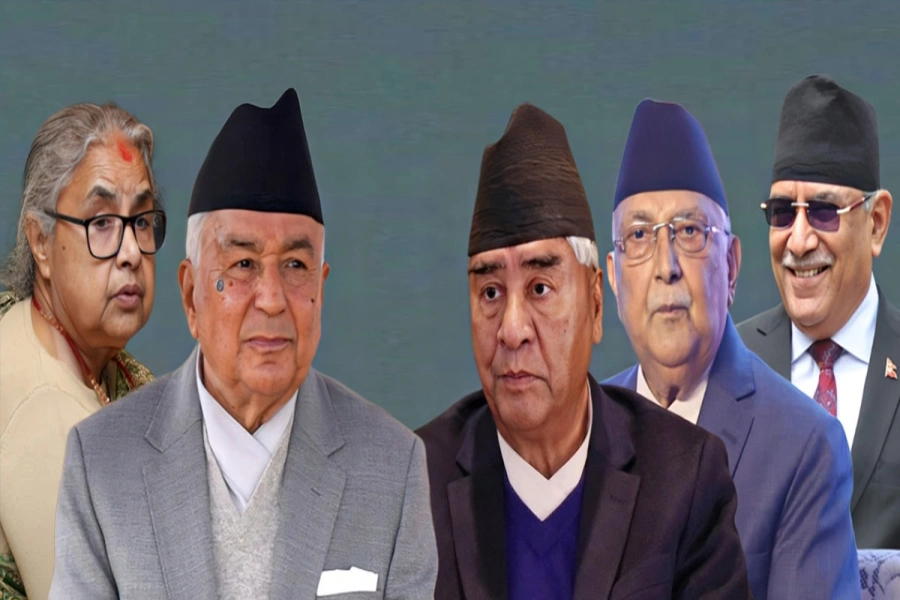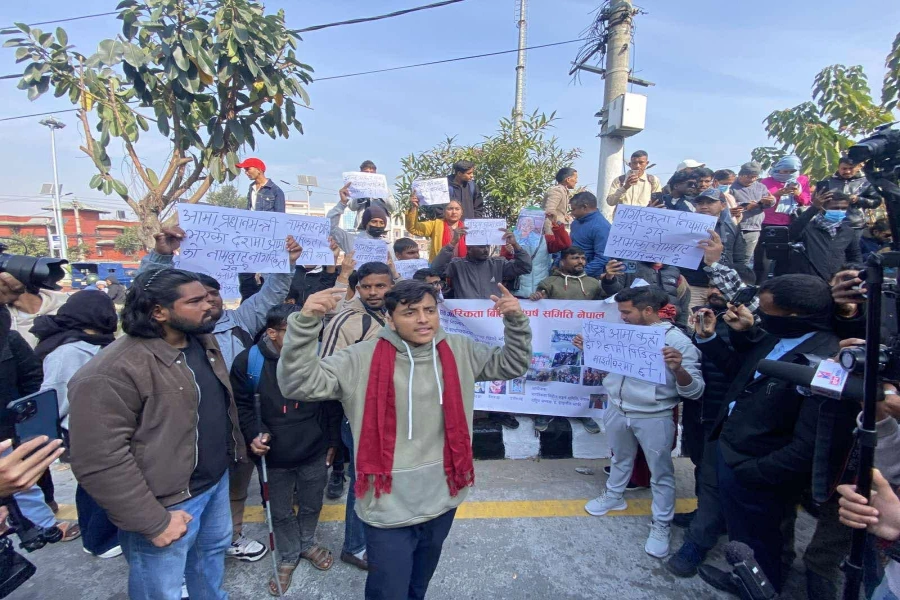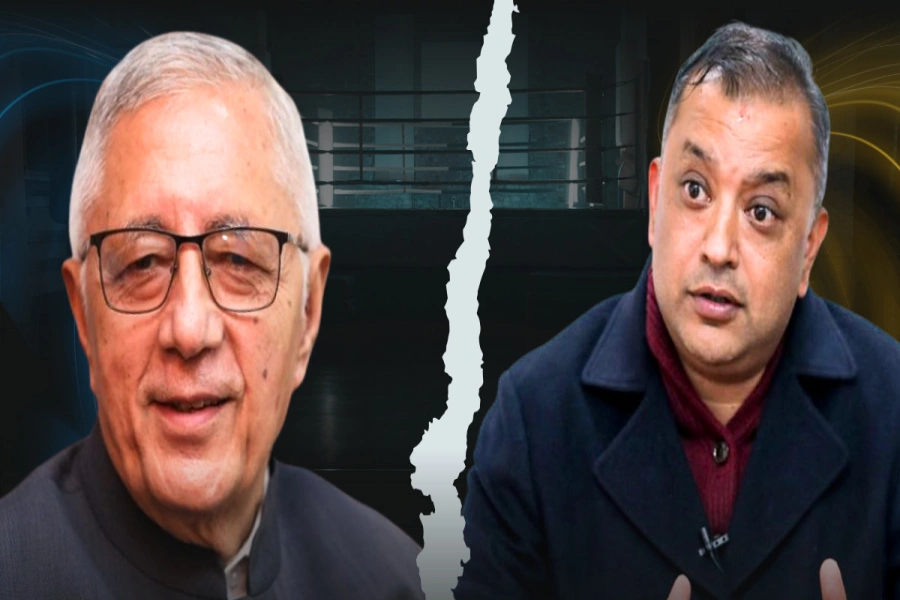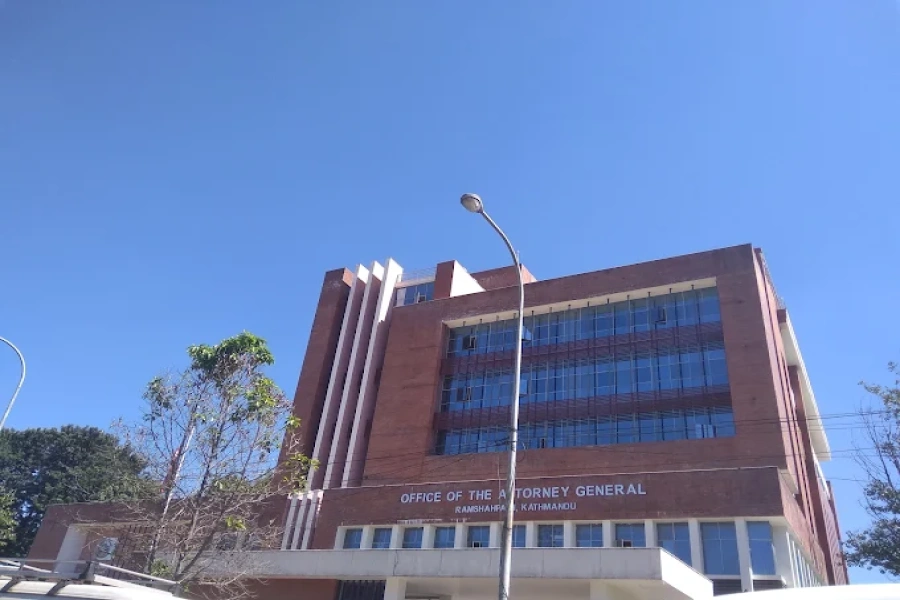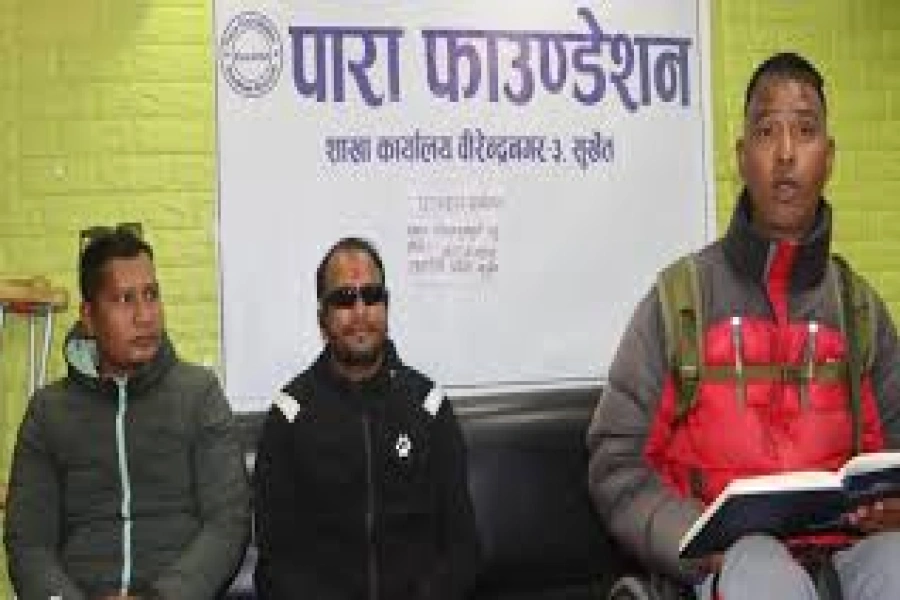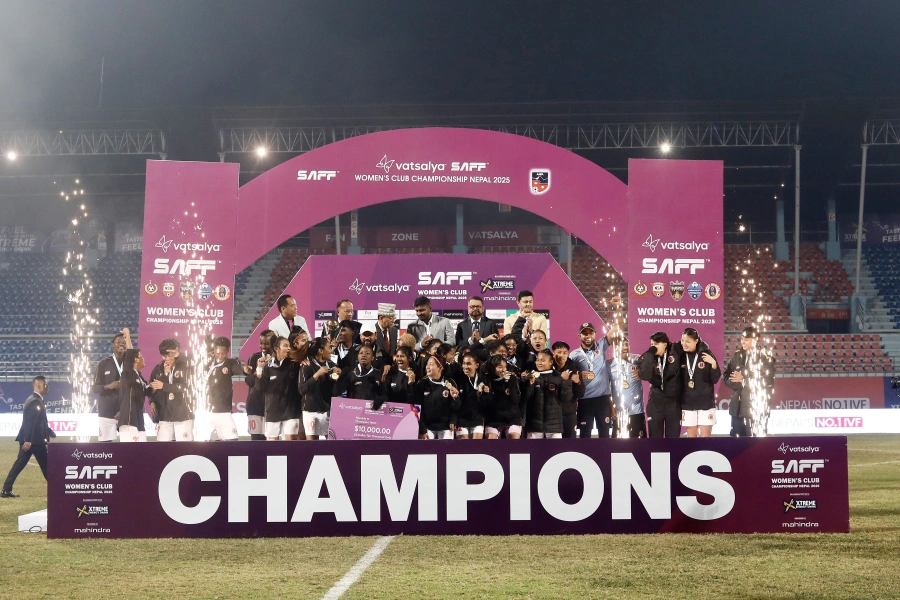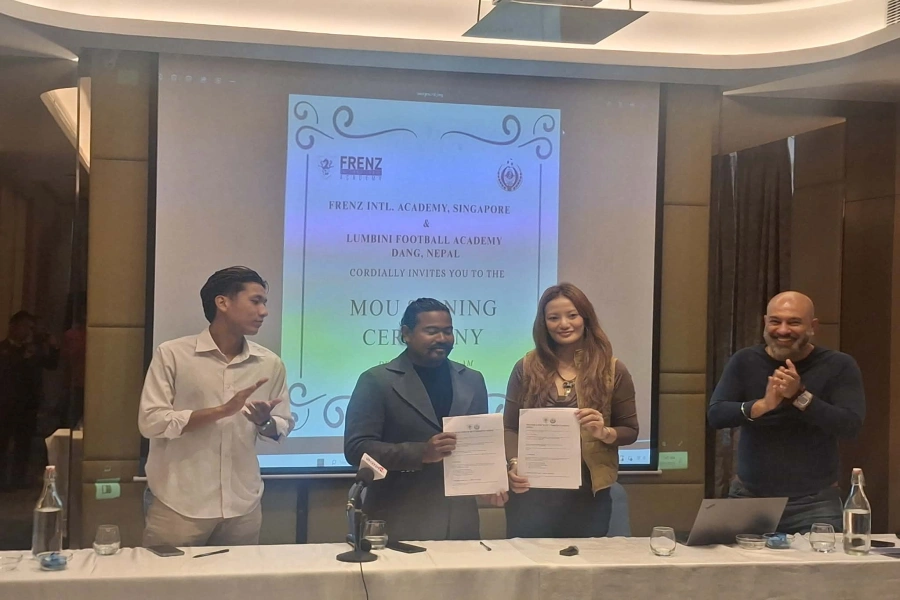Due to a prolonged spell of drought, the graph of imported energy from India is rising day by day. There is dire need for completing the power projects in order to reduce the import and increase export, on time. But, the power projects are facing several challenges.
Last month, two videos went viral on online media. A meeting where Managing Director of Nepal Electricity Authority (NEA), Kulman Ghising was dictating the contractors’ representatives to complete the hydropower projects within the extended deadline, warning them to terminate the contract otherwise. The other video was about clashes between the local people and police in Lapsiphedi, Shankarapur Municipality of Kathmandu District, over a conflict between the project and local people at the Lapsiphedi substation. In a recent interview given to a visual media, NEA MD Ghising ruled out the possibility of the Kathmandu Valley facing a forced loadshedding again if the NEA failed to build the substation in Lapsiphedi, Kathmandu.
These projects are just examples of how projects suffer from internal and external factors. These projects are not the first projects which are missing their deadlines. Almost all power projects in Nepal have been missing their deadlines and there are many projects whose completion dates are still uncertain. Here are a few examples.
The Hetauda–Dhalkebar-Duhabi 400 kV transmission line project which was started in 2011 is still incomplete. In March 2022, the funding agency, the World Bank (WB) pulled out from the project, citing dissatisfaction over the progress of the project. The main reason for the discontinuity of the WB funding was that the project could not be completed even after repeated deadline extensions. Not only this project but also almost all power projects have cost and time over-run.
The Lahachwok-Lekhnath Kaski section of the 132 kV New Modi-Lekhnath Transmission Line Project works have been stopped due to the obstruction by the local people near the existing Lekhnath 132 kV Substation, Kaski. The main reason behind the obstruction is the locals’ demand to shift the transmission line project away from their settlement.
Land acquisition works for the 132 kV Proposed Pardi Substation in Kaski have not moved forward due to the obstruction by the local people who are also demanding that the substation be shifted from the location proposed by the NEA.
The Thankot-Chapagun–Bhaktapur 132 kV Transmission Line project also faces the same problem of obstruction by the people to stop the project for the last two decades.
5 Common myths about common cold and flu (with video)

Power projects need to be completed within the deadline to meet the national energy demand as well as to materialize the long-awaited dream of power export to the neighboring countries.
Local obstruction
Most of the power projects i.e. transmission line projects are linear; they pass through several jungles, paddy fields, and settlements. Particularly, in the case of high voltage transmission line and substation projects, the local people always demand to shift the line route and substation location away from their land and settlements. Due to the constraints such as environmental permits, route length, substation location, end point or load center, the locals’ demand cannot be met easily. Even if the project wishes to shift the route of the transmission lines as per the local demand, the entire scope of the project may have to be changed. This would result in severe cost implication to the project, making it infeasible which again leads to uncertainty. So, shifting the project and the change in route is not the mere solution, entirely. However, the project should fulfill the locals’ appropriate and genuine demands to avoid adverse impacts on the projects.
The Solu Corridor 132 kV project was stopped due to the locals’ protest. They demanded the route of the transmission line be diverted in Udaypur district. This project was halted for around three years, with the locals demanding that the route be altered. Ultimately, the police force had to be mobilized to complete this project.
Forest hurdles
Due to Nepal’s commitments at international forums and several global treaties the Government of Nepal has signed, it should maintain the forest cover at least forty percent. Due to this obligation, the acts, regulations related to forest like compensatory plantation, compensation land, supplementary IEE and EIA are too rigid, stringent and impractical. As per the definition of forests in the Forest Act, land other than private is considered as a forest. Therefore, the power projects cannot carry out their activities in the bare land without getting the approval from the cabinet. Project officials have to frequent a number of government offices to obtain the approval of tree-cutting and using forest land from the cabinet. Again, a lot of formalities should be complied even after getting the approval from the cabinet. Many studies show that the forest hurdles are the major barriers to the power projects, preventing them from being completed on time. Therefore, we need to suspend such stringent clauses by declaring energy emergencies for at least the power projects.
The Kohalpur–Surkhet–Jumla 132 kV transmission line project whose significant portion lies in the national parks was halted for a long time due to the lack of approval for cutting the trees and dispute on providing compensation for land acquired by the project to the national parks. The Hetauda–Dhalkebar-Duhabi 400 kV and Kaligandaki Corridor 220 kV transmission line projects were also suffering from forest hurdles in several districts along the route. Almost all power projects face forest hurdles.
Court orders
The right to private property is a fundamental right of each citizen, as enshrined in our constitution. The state can acquire private property for public interest but the landowners concerned should be properly compensated. If they are dissatisfied with the compensation, as per Article 133 of Nepal’s constitution, they can file writ petitions at high court or supreme court to defend their constitutional right. And the court orders often halt the construction of the projects.
The construction of the Hetauda-Bharatpur–Bardaghat 220 kV project remains halted due to a writ petition against the project by a landowner for three years. This line is supposed to be the major backbone to supply electricity to the western parts from the eastern side. The Hetauda–Dhalkebar-Duhabi 400 kV Transmission Line is also suffering similar problems. This is also considered a major backbone of the integrated Nepali power system.
Role of local representatives is crucial
The representatives of local bodies should support project implementation rather than support the locals to obstruct the project's activities.
The National Planning Commission (NPC) has adopted two approaches to select projects for the annual budget and programs - the bottom-up approach and the top-down approach. The bottom-up approach where the projects are selected on the basis of local demands of the citizens. They are prioritized on the need basis. They are usually small, having a small impact at the local level. They will be implemented by the local bodies; division offices and district level offices of the line ministries. These projects are selected based on the grassroot level problems and needs. During the implementation of these projects, the local people feel ownership. Therefore, such projects have the minimum friction with the local people because they implement a demand-led participatory approach. So, these projects have high chances to be completed on time.
But, almost all power projects are planned as per the top-down approach rather than the bottom-up approach where the national priority is considered. The line ministries concerned make the plans for these projects and send them to the NPC for the endorsement and allocation of the necessary funds for their implementation. Therefore, the local people may not be very aware about these projects because they are selected on the basis of the top-down approach. That’s why the power projects often face hurdles from the local people.
Local bodies are also the local governments close to the citizens. The local governments are the third tier of the government as per the constitution. The elected representatives of the local governments can easily convince the local people about the government’s plans and projects wherever obstruction arises. So, the representatives of local bodies should support the project implementation rather than the locals to obstruct the projects.
Communication and information dissemination is vital
Projects funded by donors like the ADB and World Bank have provisions of Local Consultative Forum (LCF) and Grievance’s Redress Mechanism (GRM) in their Resettlement Plan of the loan agreement. The LCF and GRM are forums of representative local bodies, civil society project affected people (PAF) and projects to support the implementation of the project. It is the floor to discuss the grievances of the stakeholders of the project. The LCF is a platform to conduct regular meetings with external stakeholders of the projects like line agencies, civil societies, NGOs, Sarokar samiti, Ama Samuha etc to ensure smooth construction of power projects.
Therefore, the power projects should establish strong communication links with the locals and the project-affected people. It will be easy to disseminate the information about the importance of the projects through the medium of LCF. It will also enhance the relationship between the project and the project affected people. Ultimately, it will reduce the friction between the local people and the projects and help lift the obstruction by the local people and move forward the construction of the projects. Such forms should be created also in the projects funded by the Government of Nepal and foreign EXIM banks.
















